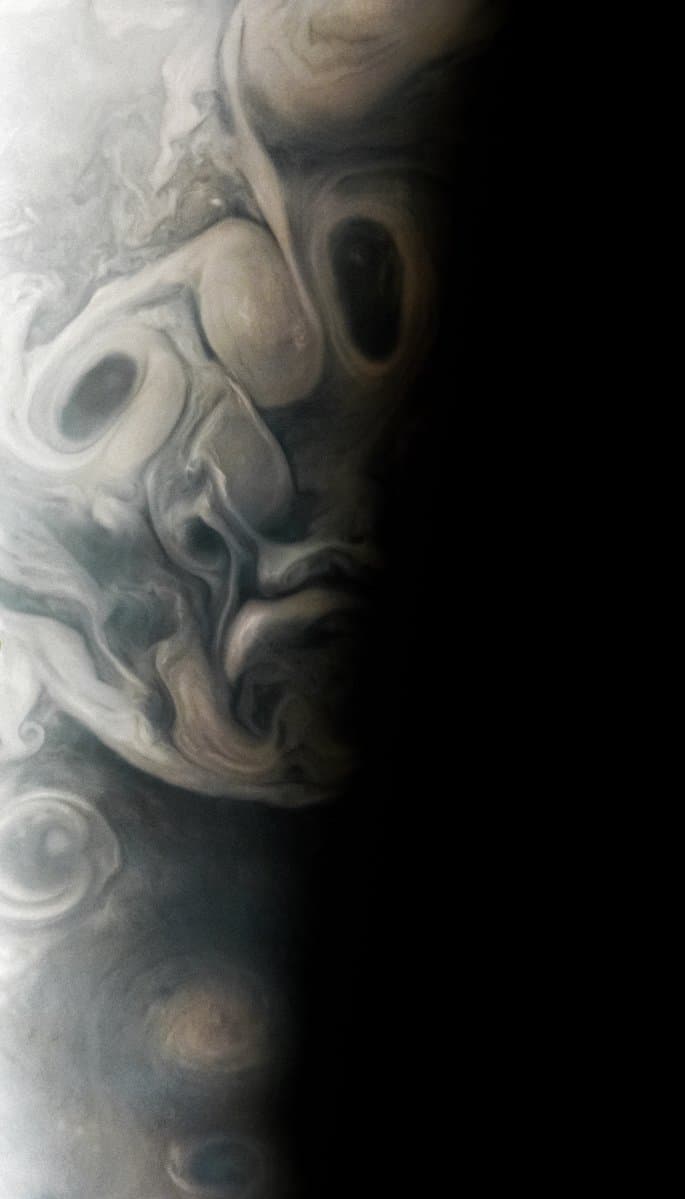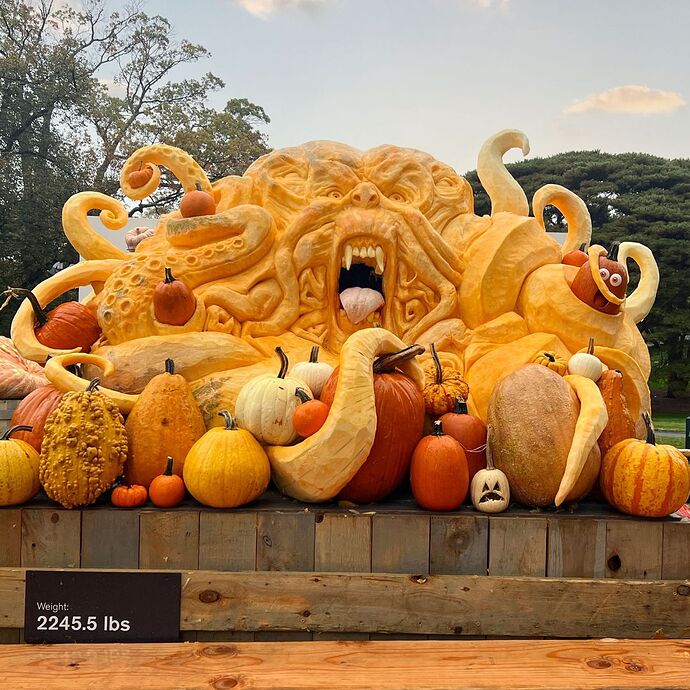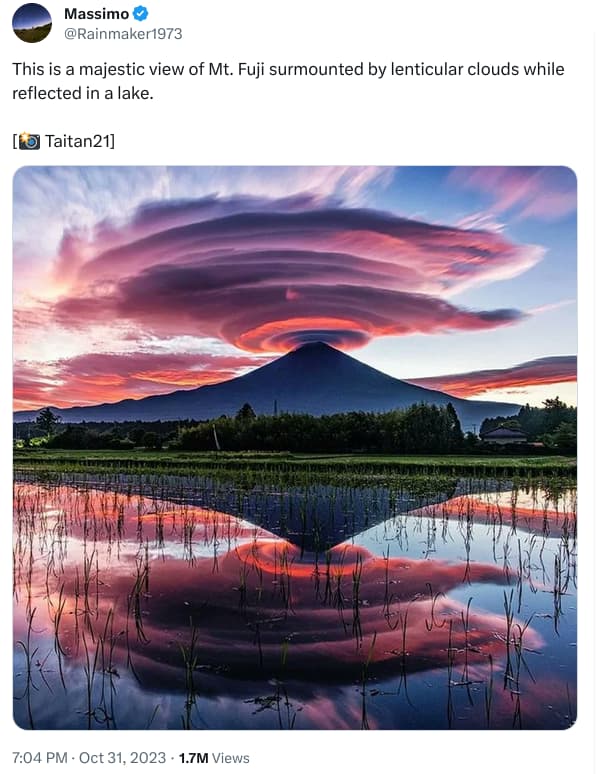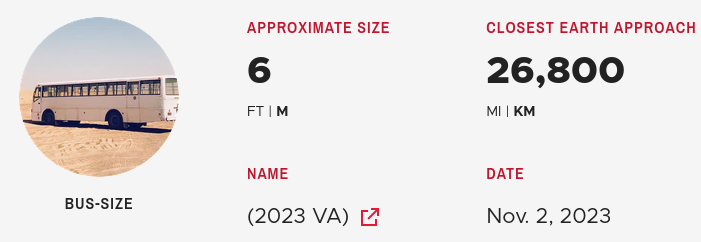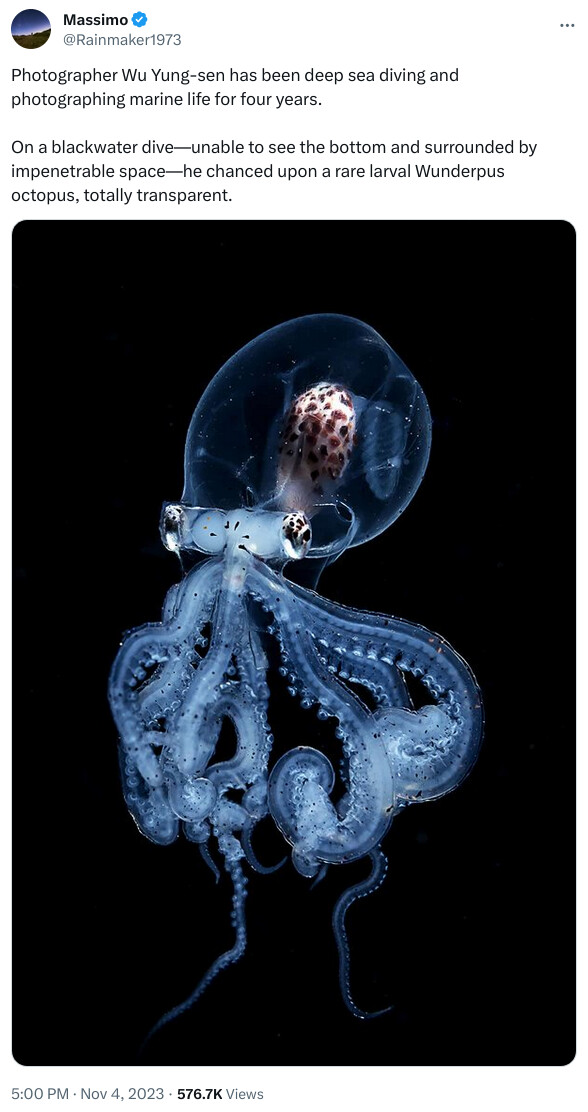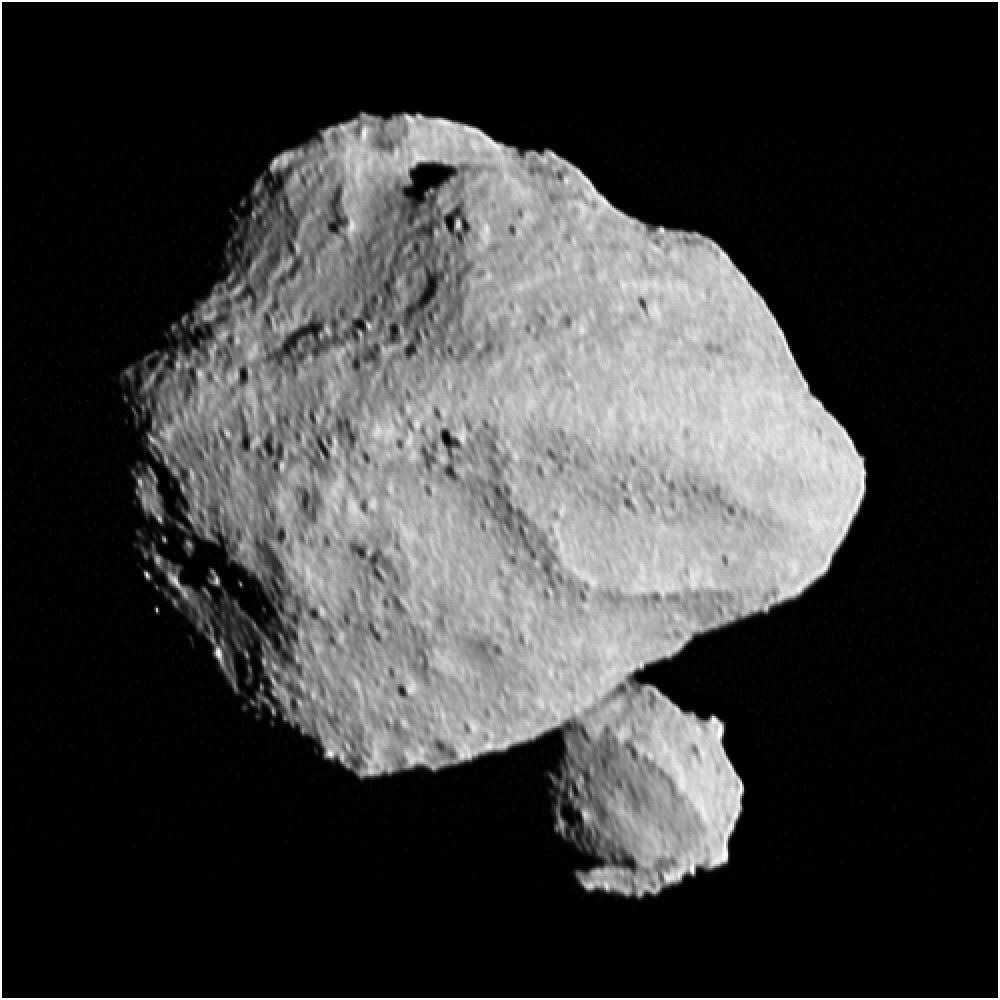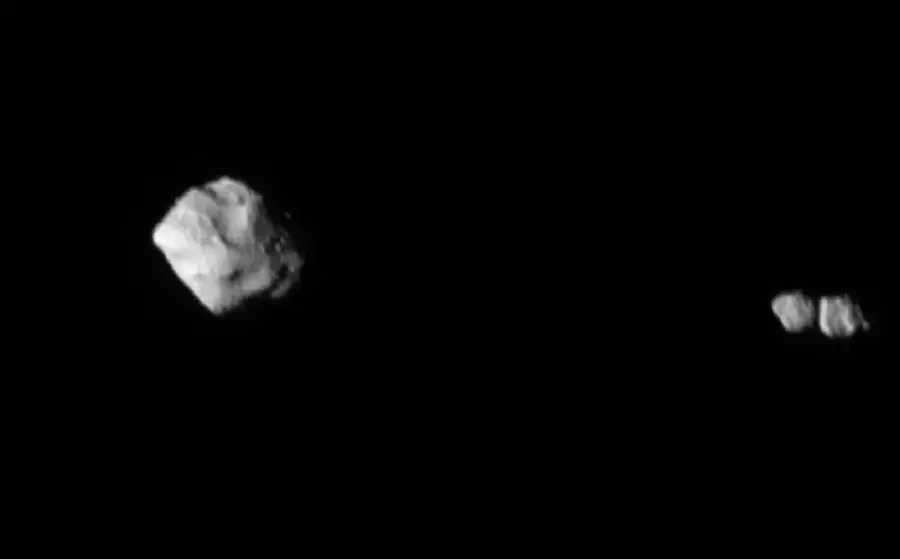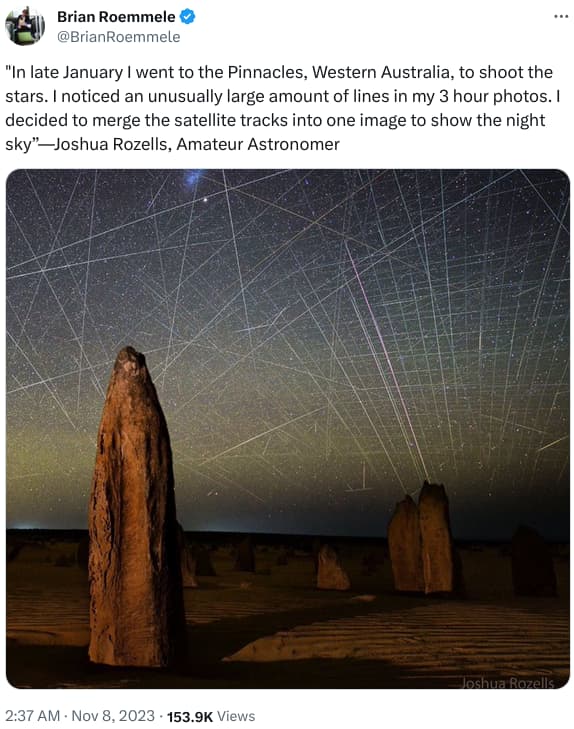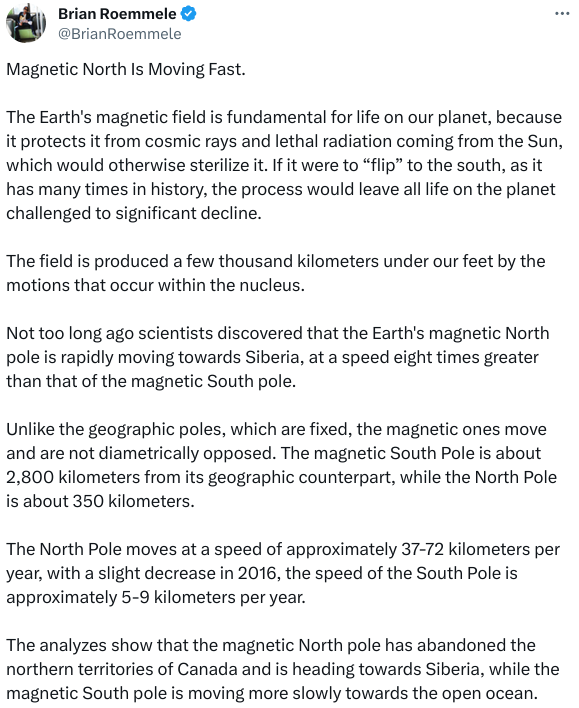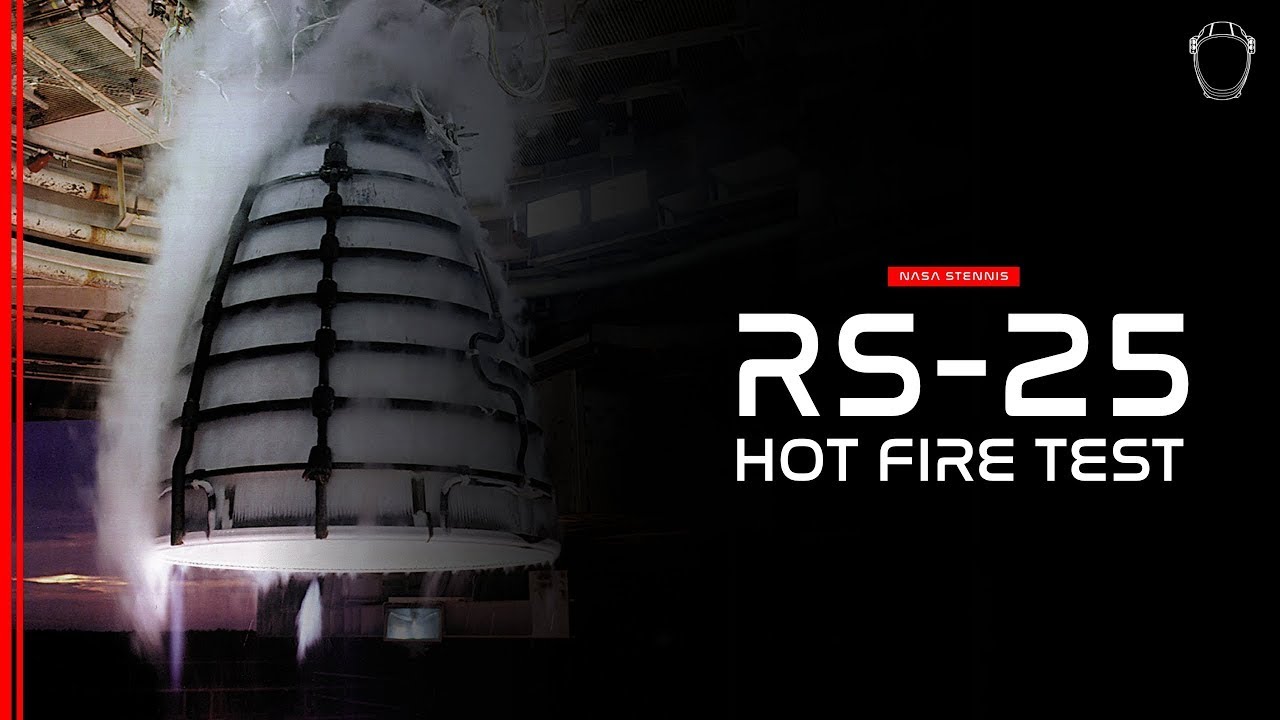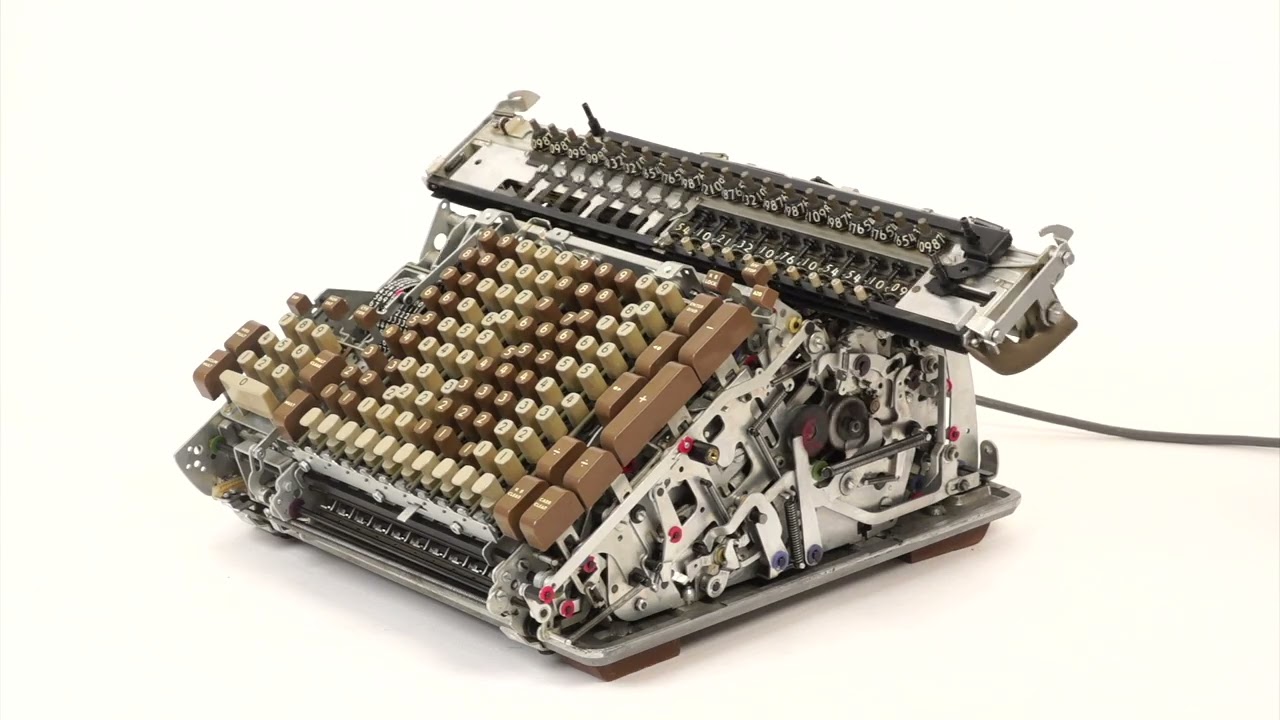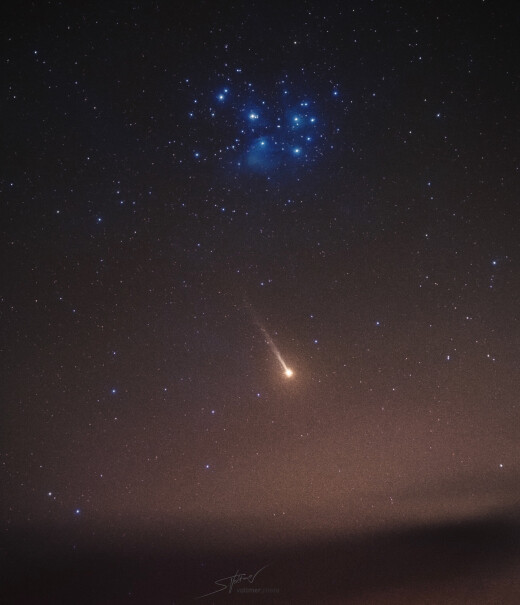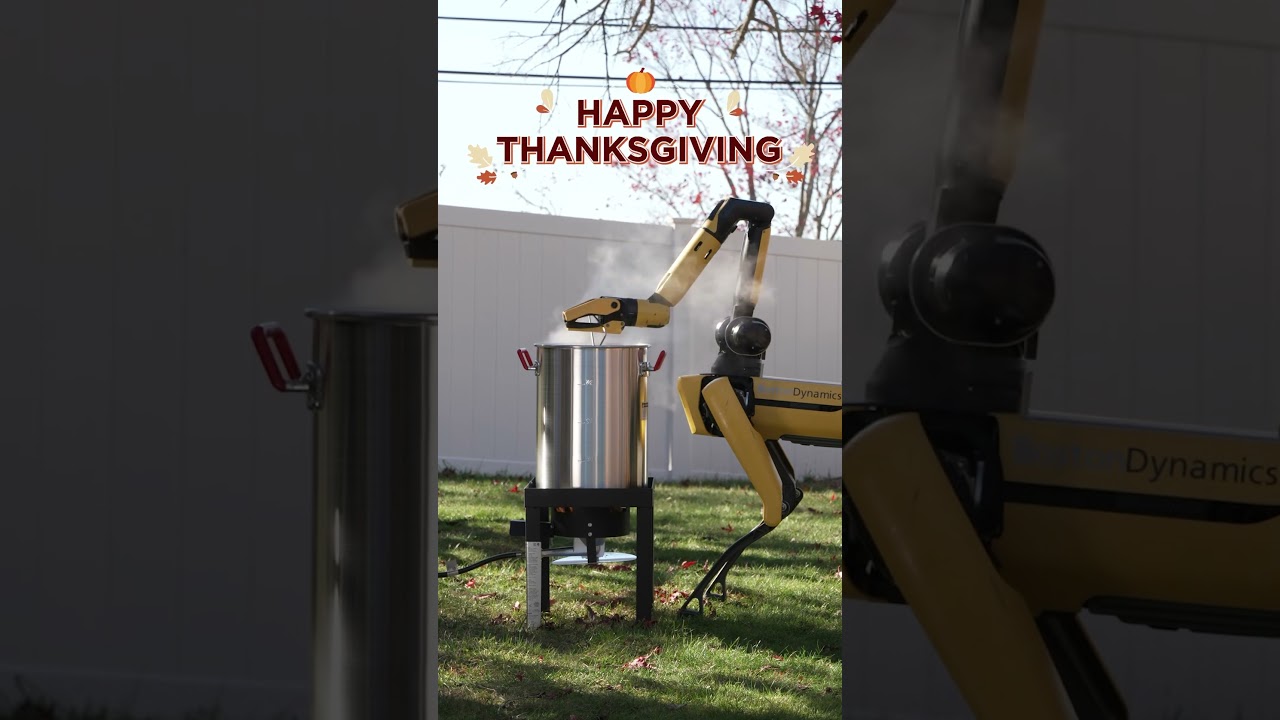And clearly a single track, not two-way. Reminds me of an alternating one way or the other for cars that colleagues and I used to grumble about - miss the green light, wait 17 increasingly tedious minutes for the next one.
From the Juno spacecraft orbiting Jupiter, courtesy of NASA/JPL.
On Sept. 7, 2023, during its 54th close flyby of Jupiter, NASA’s Juno mission captured this view of an area in the giant planet’s far northern regions called Jet N7. The image shows turbulent clouds and storms along Jupiter’s terminator, the dividing line between the day and night sides of the planet. The low angle of sunlight highlights the complex topography of features in this region, which scientists have studied to better understand the processes playing out in Jupiter’s atmosphere.
As often occurs in views from Juno, Jupiter’s clouds in this picture lend themselves to pareidolia, the effect that causes observers to perceive faces or other patterns in largely random patterns.
Citizen scientist Vladimir Tarasov made this image using raw data from the JunoCam instrument. At the time the raw image was taken, the Juno spacecraft was about 4,800 miles (about 7,700 kilometers) above Jupiter’s cloud tops, at a latitude of about 69 degrees north.
Boo!
After an entire weekend of carving this 2,246-lb. pumpkin, a botanical beast at last emerged—tentacles and all!
This year’s #FallOWeen finale was a marathon of crafting by Adam Bierton and Lenny Calvin as they brought this monster to life to the delight of thousands of costumed kids and families.
A beautiful picture, but I can’t believe they called a rice paddy a lake. I mean, it’s full of rice planted in rows, FFS.
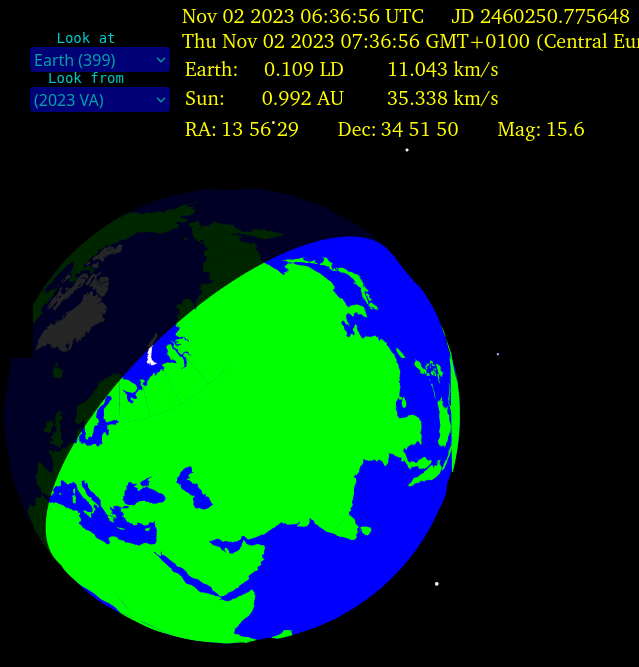
On 2023-11-02, asteroid 2023 VA passed 26,000 km above Earth’s north pole, around 1/15 the Moon’s mean distance.
Here is an interactive animation of the fly-by, viewing the Earth from the asteroid, courtesy of Orbit Simulator.
We should standardize the “bus-size” unit of measure for asteroids as the “Kramden”.
DInkinesh Is Double
NASA’s Lucy spacecraft flew by main belt asteroid 152830 Dinkinesh on 2023-11-01. This is the smallest main belt asteroid imaged by a spacecraft at close range (closest approach was 425 km), and it was a total surprise when the 790 metre asteroid was discovered to have a 220 metre satellite, which I’m going to step up and name “Dinkymoon”. Below is a GIF animation of the changing perspective on Dinkinesh and Dinkymoon as seen by Lucy as it flew past at 4.5 km/hour. Frames were captured 13 seconds apart.
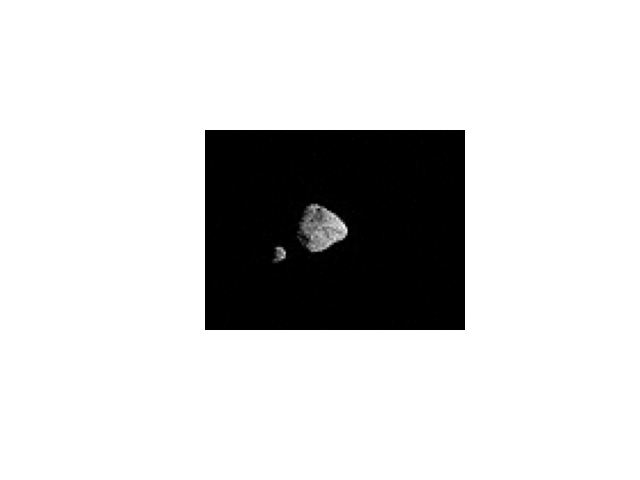
Here is NASA’s report on the fly-by, “NASA’s Lucy Spacecraft Discovers 2nd Asteroid During Dinkinesh Flyby”.
Dinkinesh’s Dinkymoon is Double!
The asteroid Dinkinesh’s newfound moon is actually a contact binary – two objects lightly touching at their ends. This is the first time such a binary has been found orbiting another asteroid.
Dinkinesh was the first rock visited by NASA’s Lucy spacecraft, which flew past on 1 November. When the spacecraft went by, it found a smaller rock orbiting Dinkinesh, which the Lucy team has provisionally named Salam.
But as Lucy has sent more data back to Earth, it has become clear that Salam isn’t just a single object. Instead, it appears to be two similar-sized rocks connected at the end, resulting in a sort of peanut shape. The team missed it at first because in the images from Lucy, one lobe of the asteroid must have been hidden behind the other.
Rocket Lab tests a second stage propellant tank for their in-development Neutron launcher to destruction. The tank was filled with liquid nitrogen for the test and allowed to pressurise until it burst to determine the ultimate failure point.
The North Magnetic Pole Is Headed for Siberia
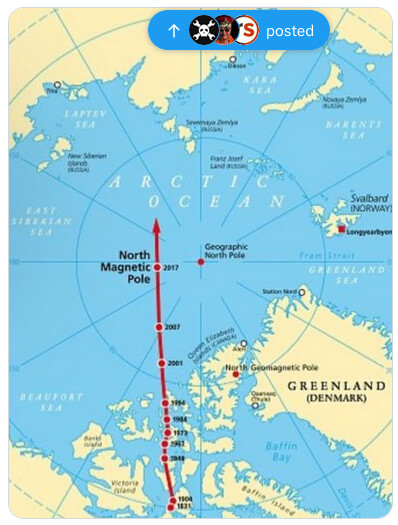
Note that the Earth’s geomagnetic poles are not in the same location of its actual magnetic poles. The geomagnetic poles are where the poles of a theoretical bar magnet placed at the centre of the Earth that best approximates the Earth’s actual complex magnetic field would intersect its surface. A line drawn through the actual magnetic poles does not pass through the centre of the Earth, because the magnetic field is generated by circulation within the Earth’s outer core which does not exactly align with the Earth’s rotation.
RS-25 500 Second Static Firing Test
I have cued the video to start around ten seconds before engine ignition. The engine ran at 113% power for this test on 2023-11-15. The power produced by the original RS-25 engine for the Space Shuttle was defined as 100%. Starting with STS-26, uprated engines were used on the Shuttle which ran at 104% of this power, with 109% available for emergencies. The Shuttle engines being re-purposed (and expended) on launches of the Space Launch System (SLS) are operated at 109% power, and new-build RS-25E engines for the SLS are intended to be run at 111% power normally. This test is a step toward certifying the engines to operate at 113% power.
The Tail of Mercury
“How is the tail formed? The solar wind and micro-meteorites eject sodium atoms from Mercury’s surface. This creates a yellow-orange tail of sodium gas that is around 24 million kilometers long. … I used a 589 nanometer filter tuned to the yellow glow of sodium.”, said Dr Sebastian Voltmer, who photographed the phenomenon from La Palma in the Canary Islands.
